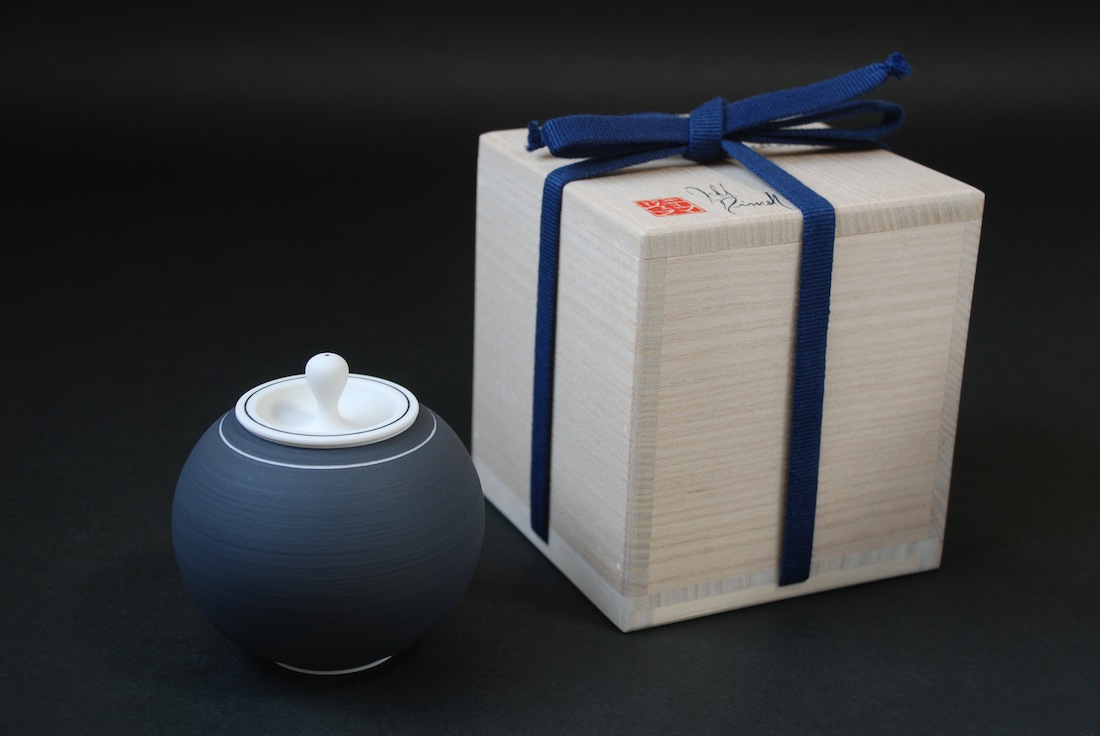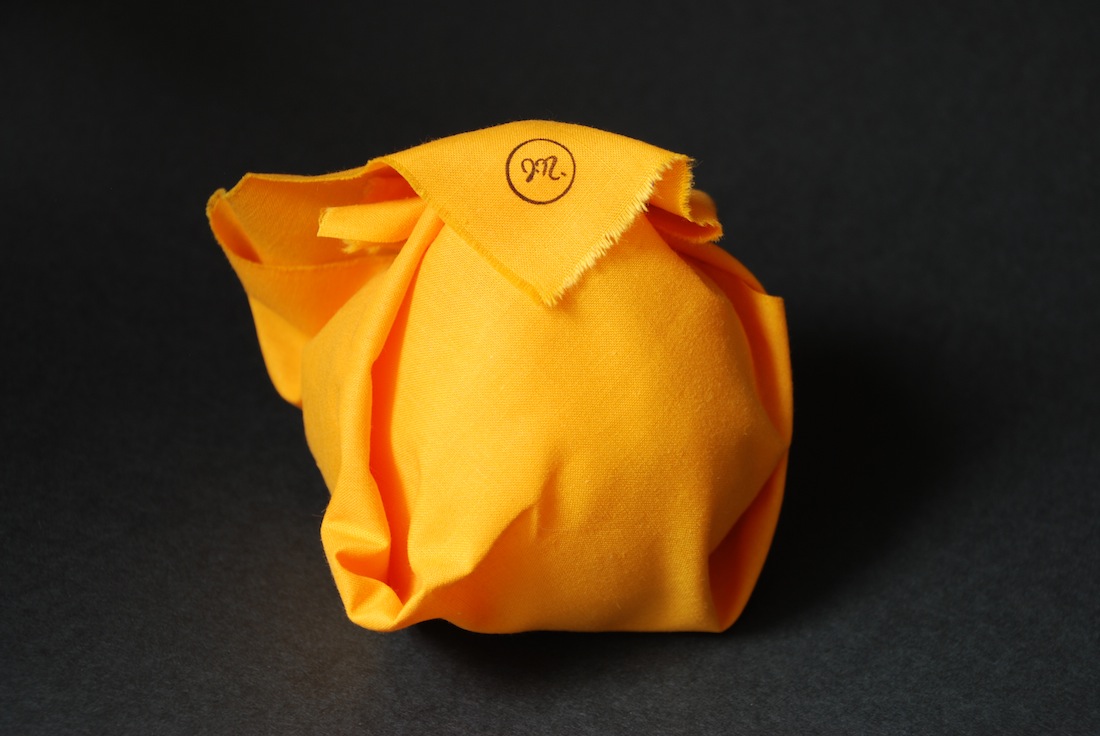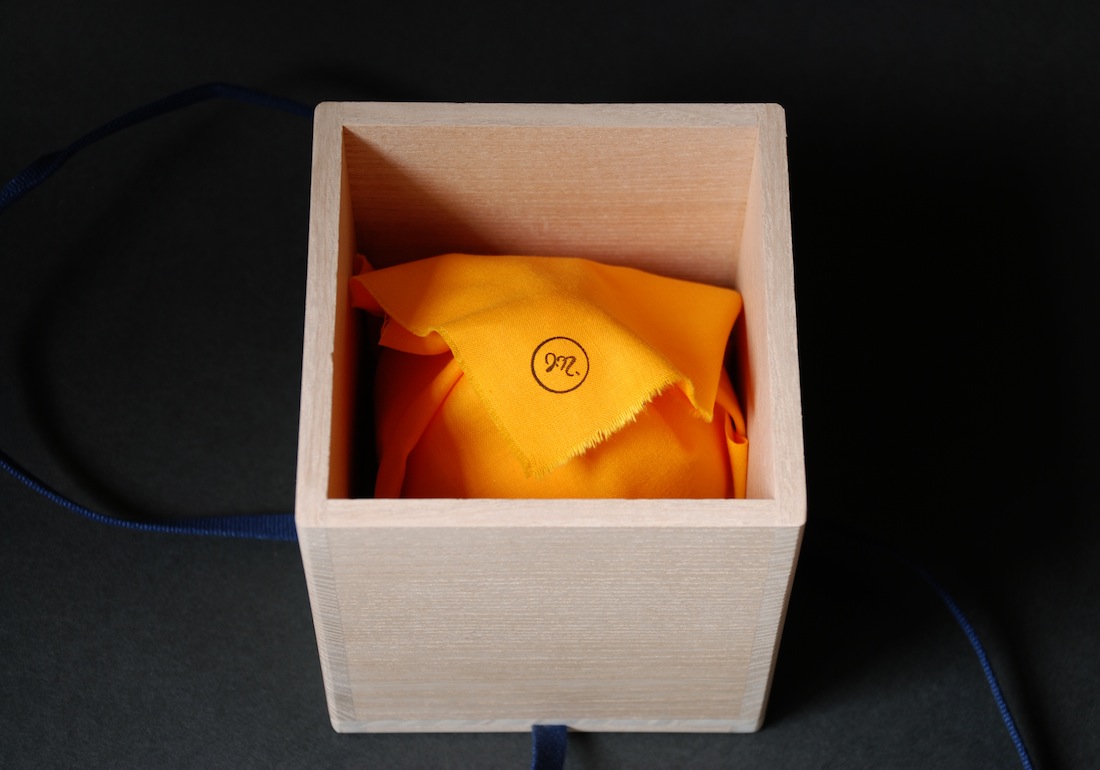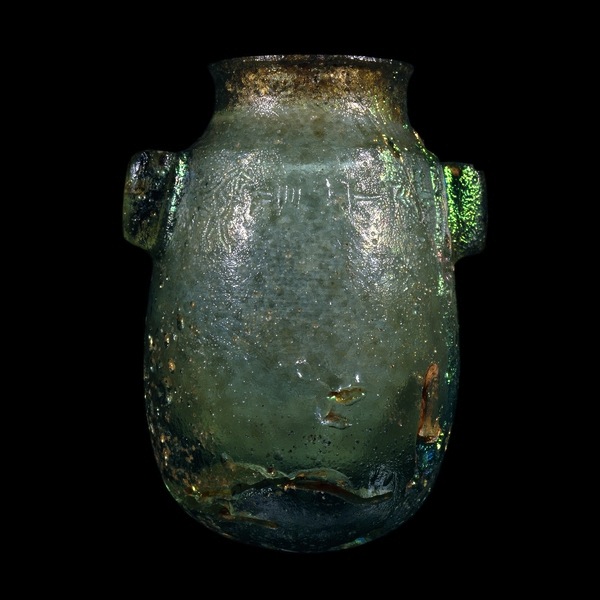future • present • past
One of the reasons certain Japanese art works are contained within paulownia wood boxes is for protection. This could be protection from flood, earthquake, or light. This caused me to reflect on the lifespan of a work of art; and after recently viewing a great exhibition of glass at the Miho Museum (http://www.miho.or.jp/english/ ) in Shiga Prefecture, Japan, I began to consider that some of the work I make could be around for 1000 years or more under proper conditions. One of my favorite works from the exhibit, The Sargon Vase, was excavated from what is now northern Iraq, and the work is dated 8th Century B.C. It struck me that someone made this piece some 2800 years in the past, just as I do today, but a mere 3 millennia ago. Of course we can reflect on the lifespan of every object we come into contact with, but most do not have the staying power of glass, metal, or ceramic works. For me, it often takes viewing a certain work of art to encourage this type of thinking. Considering my first sold pieces in Japan might be around for a while, I figured I better get the composition of the box correct the first time. This post shows some of my purchased works paired with Yamamoto-san's amazing handmade paulownia wood boxes (see also http://jeffnimeh.com/blog/?p=1319). The box lids are stamped with my name in the katakana alphabet with a vermillion based ink, and then brush signed and labeled in sumi ink. As is tradition with these boxes, the works are wrapped in yellow cotton cloth before they are placed within the containers. Images #1 through #9 demonstrate this. Image #10 is The Sargon Vase.









